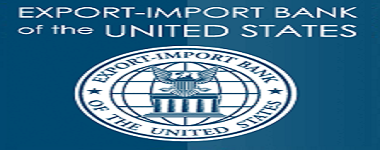The budgetary costs of the Export-Import Bank’s (Ex-Im Bank’s) credit programs, which were provided in Fair-Value Estimates of the Cost of Selected Federal Credit Programs for 2015 to 2024 (May 2014), and discusses the two different approaches that CBO uses to estimate the costs of credit programs:
- One approach reflects the procedures currently used in the federal budget as prescribed by the Federal Credit Reform Act of 1990 (FCRA), and
- Another approach, known as fair value, shows estimated costs that reflect the market value of the federal government’s obligations.

Â
For fiscal years 2015 to 2024, CBO found that Ex-Im Bank’s six largest credit programs would generate budgetary savings of about $14 billion under FCRA accounting but cost about $2 billion on a fair-value basis. Both the FCRA and fair-value estimates are based on Ex-Im Bank’s projections of cash flows for those credit programs as reported in theFederal Credit Supplement to the Administration’s 2015 budget. Thus, both estimates reflect the program terms and outcomes—including the amount of lending, fees, and borrowers’ rates of repayment and default—that are expected to prevail under the current structure of the programs and the President’s budget request for those programs in 2015.
The difference between the two estimates lies in the treatment of the cost of market risk, which is one component of financial risk. Much of the risk of financial investments can be avoided by diversifying a portfolio; market risk is the component of risk that remains even after a portfolio has been diversified as much as possible. It arises because most investments tend to perform relatively poorly when the economy is weak and relatively well when the economy is strong. People value income from investments more when the economy is weak and incomes are relatively low, and so assign a higher cost to losses that occur during economic downturns. The higher cost of losses in bad times (as well as lower cost in good times) is captured in the cost of market risk.

